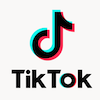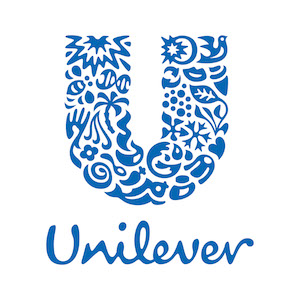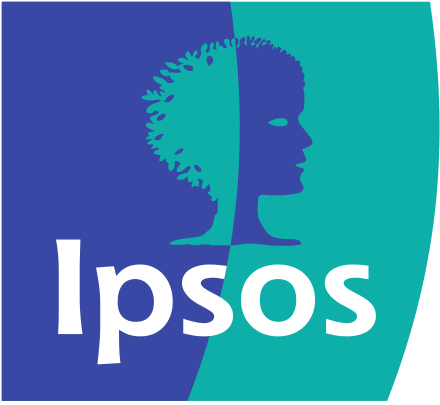Since 2000,
Truth Initiative has been a leader in deterring teens from smoking cigarettes, with over 1 million success stories and counting.
Their efforts began to plateau in 2014 due to increasingly sophisticated marketing from big tobacco companies and dwindling enthusiasm for the cause among teens. So together with agency partner
72andSunny, Truth developed a new approach to resonate with Gen Z:
“Be The Generation That Ends Smoking and #FinishIT.” #FinishIT tied smoking to causes teens care about most, while leaning into the fast-paced, witty internet culture in which they thrive.
The campaign won a Bronze Effie in Sustained Success – Services at the 2018 North American Effie Awards for the 2014-2017 portion of its run. Read on to hear more from
Bryan Smith, Executive Strategy Officer & Partner at
72andSunny, and
Eric Asche, Chief Marketing Officer at
Truth Initiative.
What were your objectives for the campaign?
EA: As always, our grand ambition is saving lives from tobacco. Studies show that nine out of 10 cigarette smokers had their first cigarette before the age of 18. So our job is to stop the problem at its source: youth prevention.
But after years of driving down the teen smoking rate to just nine percent, progress had stalled due to headwinds caused by both Big Tobacco and the changing cultural landscape.
First, we had become victims of our own success. With the dwindling incidence rate of smoking among teenagers came lessened urgency to address the issue. It risked being forgotten by our teen audience in the context of things like bullying, LGBT rights, and police brutality that increasingly preoccupied their hearts and minds.
Second, social media had emerged as the battleground for changing attitudes, knowledge, and behaviors–especially when it came to smoking. Glamorous imagery of smoking filled young people’s social feeds and helped create free advertising for Big Tobacco in a way that renormalized smoking as a cool behavior. The worst part: it was happening by the actions of our own audience.
This new generation of teens had become increasingly accepting of smoking, adopting a “you do you”, non-judgmental attitude toward their friends who smoked. Their acceptance of smoking was dangerous, allowing pro-smoking opinions and imagery to spread on social media in a way that was negatively influencing friends and extended social circles.
It wasn’t enough to just talk to those who smoked. We had to reach all teens in order to denormalize smoking amongst their entire generation.
There was a generational truth worth tapping into: Gen Z wants to make an impact and change the world. They have big ambitions and even bigger hearts. Their desire to create change was a giant opportunity in the fight against the power of Big Tobacco and the scourge of smoking.
That’s why we make a strategic decision to flip the dwindling teen smoking rate on its head: this wasn’t about the nine percent who still smoked. This is about the 91 percent of teens who don’t smoke. We could channel their desire to create change, give them a voice, and use their power and influence on their peers to get them to participate in the ambition to rid the world of smoking.
In one sentence, what was your strategic idea?
BS: Create a movement that energizes and empowers the entire generation to use their passion, power and creativity to finally end smoking.
What was your big creative idea?
BS: “#FinishIT” is a rallying cry to be the generation that ends smoking once and for all. By positioning the issue as a winnable battle, we’d play into our audience’s desire to make an impact. In showing teens how smoking was directly impacting their generation, we raised the call to arms to do something about it.
Our first step was to announce the mission and consistently report on progress. Every movement needs a clear goal worth fighting for and rallying cry to get people on board. We announced this generation could end teen smoking with an anthemic call to action to “FinishIT” and followed up with a steady drumbeat of progress providing proof points of success (e.g. Syracuse University went smoke free; New Jersey raised the legal age of tobacco purchase to 21).
Next, our evergreen creative strategy was to link the grave and surprising impact of smoking on the topics that mattered most to young people. Anything that our audience cares about, we found a way to connect with. The environment, money, social justice, relationships, food – you name it.
Like dating. Shocker: young people are into dating each other. So we exposed how smoking imagery in your online profile makes you less likely to get matches on dating apps with an influencer powered music video called “#LeftSwipeDat” — a reference to the practice of “swiping left” to reject someone on apps like Tinder.
Or cat videos. We connected with teens’ (and really, the entire Internet’s) love of cat videos. Fact: cats are twice as likely to get cancer if their owner smokes. Smoking = no cats = no cat videos. So we humorously raised the prospect of a world with no cat videos: “Catmageddon.”
Or more seriously, social justice. We tapped into this generation’s innate desire for social justice with “Business or Exploitation?”, a campaign that exposed Big Tobacco’s targeting of the military and mental health communities.
Across the board, from dating to cat videos to social justice and beyond, the “#FinishIT” creative platform personalized the message and heightened relevance to teens.
We gave teens ways to join the movement by inviting them to take action. Knowing from primary research that not all young people want to participate in the same way, we created opportunities for participation that ranged from light asks like retweets and shares, all the way to high participation asks like changing their profile picture, submitting original content on our site and social channels, or encouraging in-person cigarette clean ups.
Read the full case study here >
Were there any challenges in bringing your idea to life? How did you overcome those challenges?
BS: Youth culture moves at warp speed. One of our greatest challenges, and likewise, opportunities is keeping up with it. It means we’re continually reinventing our brief to connect with what young people care about and staying relevant in their daily lives.
This continual pursuit of what’s true to youth culture is what brings the highs and lows of working on a youth brand. When you get it right, it’s a home run. Young people will adore you and be your biggest evangelist. But when you are on the wrong side of a trend…you will be skewered by youth culture writ large.
It all comes with the territory.
How did you measure the effectiveness of the campaign?
EA: We had four key metrics we used to gauge the success of our teen movement to be the generation that ends smoking.
1) Brand Awareness. A sustained awareness of 75 percent is the minimum level required to shift attitudes.
2) Knowledge and Attitudes. We sought to shift young people’s knowledge and attitudes about smoking by continuously tracking their perceptions as the campaign was in market.
3) Engagement and Participation. As we sought to ignite a movement, we had to be sure to follow young people’s perception of engaging with us and their actual participation. For the former, we tracked the relative importance of smoking among all the issues that young people care about and their stated intent to join our movement. For the latter, we tracked sign ups to our newsletter + grassroots actions as well as real-time digital and social engagements (clicks, retweets, likes, replies, comments, shares) with our messaging, website, and content.
4) Preventing teens from becoming smokers. After the “#FinishIT” campaign began airing, an independent national survey showed that there were over 300,000 fewer young people smoking than before the campaign started — and the teen smoking rate dropped to from nine percent in 2014 to 5.4 percent today in large part to our help.
And above all: since truth launched in 2000, we have prevented more than one million youth from smoking.
This is the reason we get up out of bed every single day, and we couldn’t be prouder.
How has the communications landscape in the tobacco & anti-tobacco industries changed since the campaign launched in 2014?
EA: The single biggest shift has been the power of influencers in the battleground for the hearts and minds of young people; they’ve played an increasingly important role in both our marketing playbook — and unfortunately, that of Big Tobacco.
For our part, we started experimenting with influencers because we understood tobacco experimentation as a very personal experience. Influencers were both a way to tell our message in a more personally relevant way and to connect to subgroups within youth culture. Adopting influencers as part of our media mix has proven extremely effective in many of our campaign bursts. We’ve been on the cutting edge in the public health space in terms of not just having them blast our message, but rather meaningfully incorporating them into our ideas.
On the flip side, you can be sure that Big Tobacco has likewise caught on. That’s the challenge in going up against powerful corporate behemoths like Big Tobacco. You’re in a never-ending arms race. They’re continually evolving their playbook and exploiting any grey areas they may have.
Just two months ago, a coalition of anti-tobacco organizations (Truth Initiative included) joined forces to call attention to how Big Tobacco used social media influencers.
The news broke in the New York Times showing the borderless nature of influence on the Internet. Even though an element of influencer marketing might be banned in the US, an influencer based in Europe may have a massive audience among American youth. It’s all part of the evolving battleground for young people’s minds as Big Tobacco tries to connect with them in a more covert manner.
So, we constantly have to be on the offensive to ensure we are righting the scales of power against Big Tobacco’s tactics and global influence.
BS: One challenge that’s arisen has been addressing the polarization that is happening in culture writ large. Simultaneously, youth culture is being fractured along ideological lines. We are always on the hunt to be sure that we are finding topics and insights that are universally relevant and then delivered in ways that bridge the gap of a polarized young America.
Big Tobacco’s tactics are a national phenomenon that impact young people from all walks of life — rural and urban, heartland and coastal, all races and genders. In our “Worth More” campaign (launched in early 2018), we use facts and data to illuminate this collective experience and use influencers of all types to deliver this message in a meaningful, relevant way to our diverse teen audience.
How has the campaign evolved over time?
EA: When truth first launched in 2000, the momentum in youth culture was rooted in rebellion — pushing against the powers that be. We had to think strategically about how to divert that momentum and use it to our advantage.
When we re-launched the campaign in 2014, we found that the generational momentum had shifted to be about expressions of power. Teens were exploring their own power in everything they were doing, from how they portrayed themselves in social media to the causes they believed and participated in to even why they chose to try tobacco. These were all ways of pushing the limits of how they wielded their power.
That’s why we had to make a decision about how to tap into that exploration of power and use it in our fight against smoking. This generational shift was one of the primary insights that drove the “#FinishIT” campaign.
BS: As mentioned above, keeping in lockstep with our youth audience drives continual evolution of the topics we connect with that they care about and the way we execute. While the takeaway to be the generation that ends smoking never wavered, the creative wrapper shifted to keep up with youth culture.
Tone is another critical element we have to play with. The thing is, to make young people always pay attention to smoking means keeping them on their toes. If we play the same card all the time, we’ll get diminishing returns. The paradox is of course that making people care consistently requires high variety.
We’ve ranged from epic Internet-cat-video-inspired silliness for “Catmageddon,” which showed the impact of smoking on pets to hard hitting facts and videos in our
“Stop Profiling” campaign that exposed Big Tobacco’s exploitation of vulnerable communities.
Just as our audience scrolls through Instagram — switching between content that ranges from deeply, sincerely meaningful to absurd and insane internet humor — we have to explore that breadth and tap into it as authentically as possible. It’s all in the spirit of honoring our audience as diverse people with diverse interests and passions.
Any tone that our audience gravitates towards is in our arsenal — and we’re excited to use every tool in the toolkit.
About Truth Initiative:
truth ® is one of the most successful and one of the largest national youth tobacco prevention campaigns. The campaign exposes the tactics of the tobacco industry, the truth about addiction and the health effects and social consequences of smoking. truth gives teens facts to make their own informed choices about tobacco use and inspires them to use their creativity in the fight against tobacco. The campaign is credited with preventing hundreds of thousands of teens from starting to smoke and is working to make this the generation that ends smoking for good. To learn more, visit thetruth.com.
truth is part of Truth Initiative, a national public health organization dedicated to achieving a culture where all youth and young adults reject tobacco.
Eric Asche
Chief Marketing and Strategy Officer
Truth Initiative
As the chief marketing and strategy officer of Truth Initiative, Eric Asche develops some of the most successful, life-saving public education campaigns in history — including truth, which is ubiquitous in pop culture and was named one of the top campaigns of the 21st century by AdAge.
Asche is known as a creative leader and was named a top health influencer by PRWeek in 2016. He is attached to campaigns that have won hundreds of industry awards, and most importantly, have been credited with saving hundreds of thousands of young people from becoming addicted to cigarettes.
Before joining Truth Initiative, Asche worked at the ad agency GSD&M in Austin, Texas, where he developed a portfolio of brands including AT&T, Southwest Airlines and Rolling Stone. Prior to GSD&M, he was part of a business development team at a technology startup during the dot-com boom … and bust. You can ask him about the lessons he learned over a beer.
Asche lives in Washington, D.C. with his wife and three small boys. As such, he consumes copious amounts of coffee.
About 72andSunny:
72andSunny aims to expand and diversify the creative class and specializes in brand transformations. With offices in Amsterdam, Los Angeles, New York, Singapore and Sydney, the company has been recognized as one of Fast Company’s Most Innovative Companies for two years in a row and is a two-time “Agency of the Year” winner for Advertising Age and Adweek. For more information, visit 72andSunny.com.
Bryan Smith
Executive Strategy Director & Partner
72andSunny
Bryan co-leads strategy in 72andSunny’s LA office. His approach to the craft marries right-brained creativity with left-brained rigor to get to answers that aren’t just right—they’re exciting. His team comes from a range of backgrounds, from academia to journalism to social consultancies, and their products reflect that diversity of skill-sets and point-of-views. But all share a common charge: to bring nonstop inspiration and impact to how 72andSunny develops brands and takes them to market.
He’s a former writer, a former brand manager, and a relentless learner. When not geeking out on or about the internet, he’s usually in the woods and off the grid, camping and hiking and trying not to get too lost.



















.png)


























































































































































































































































































































































































